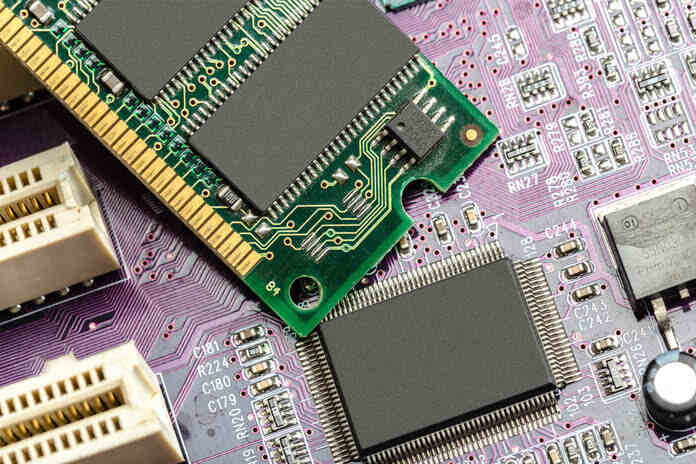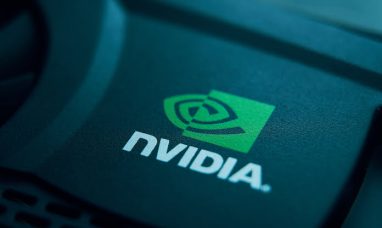Advanced Micro Devices Inc. (NASDAQ:AMD) is making waves again. The semiconductor giant’s stock has surged 113.8% year-to-date, recently touching record highs as excitement around its AI chips and data center products continues to build. With the company set to report third-quarter earnings on November 4, investors are asking a crucial question: is AMD stock a buy, sell, or hold?
AI Partnerships Push AMD Stock Higher
The latest catalyst came from a Reuters report confirming that International Business Machines Corp. (NYSE:IBM) successfully ran a quantum computing error correction algorithm on AMD processors. This marks a significant milestone, proving that AMD AI chips and CPUs are capable of powering cutting-edge technologies beyond traditional computing.
But the real spotlight is on AMD’s groundbreaking multibillion-dollar partnership with OpenAI. Under the deal, AMD will supply up to six gigawatts of Instinct GPUs—high-performance AI accelerators—for OpenAI’s data centers starting in the second half of 2026. These next-generation MI450 chips are expected to compete head-to-head with Nvidia Corp. (NASDAQ:NVDA) in the booming AI hardware market.
To align long-term goals, AMD granted OpenAI a warrant for up to 160 million shares, which will only vest once specific GPU deployment and stock price milestones are achieved. The final tranche unlocks if AMD stock hits $600 per share, minimizing dilution and tying OpenAI’s success directly to AMD’s performance. This strategic structure highlights how AMD AI chips are at the center of its value creation model.
Expanding Cloud and AI Infrastructure
In addition to OpenAI, AMD has strengthened ties with Oracle Corp. (NYSE:ORCL). Oracle Cloud Infrastructure (OCI) will become the launch partner for the first publicly available AI supercluster powered by AMD’s Instinct MI450 Series GPUs. Initial deployment is expected in Q3 2026, followed by global expansion into 2027.
This partnership deepens AMD’s reach in the cloud computing ecosystem, positioning its AI chips as a powerful alternative in a market dominated by Nvidia. AMD’s ecosystem—which includes EPYC CPUs, Instinct GPUs, and networking technologies—offers enterprise clients a more open, scalable, and secure architecture.
AI Revenue Set for a Strong Q3 Rebound
After a weak Q2, AMD’s AI data center business appears poised for a major rebound. The company faced temporary headwinds from U.S. export restrictions that limited sales of its MI308 accelerators to China. Additionally, AMD was transitioning to its newer MI350 series, which briefly slowed growth.
Now, the tide is turning. Management forecasts that its data center AI revenue could eventually reach tens of billions of dollars, driven by strong demand for the MI300, MI325, and MI350 product lines. Early adoption from major cloud and enterprise customers suggests momentum is accelerating.
AMD is also developing its next-generation MI400 chips, which have already sparked strong customer interest. The rollout of these products, combined with strategic acquisitions in AI software, shows that AMD is building not just chips—but a full AI platform spanning hardware and software integration.
Valuation and Market Outlook
Analysts expect AMD to post earnings of $0.97 per share for Q3, up 27.6% year-over-year. Revenue growth is expected to be fueled by strong adoption of MI350 GPUs, EPYC server processors, and Ryzen CPUs.
While optimism is high, AMD’s forward P/E ratio of 74.8x signals that much of the good news is already priced in. Wall Street’s consensus remains a “Strong Buy”, but some caution that the stock’s elevated valuation leaves little margin for error if Q3 results or guidance disappoint.
Bottom Line: Wait for the Earnings Signal
AMD’s soaring stock and growing AI ecosystem make it one of the most compelling semiconductor stories of 2025. Its deep partnerships with OpenAI and Oracle confirm that AMD AI chips are becoming critical to the global AI infrastructure.
However, given the stock’s steep valuation, investors may want to wait for Q3 earnings before adding new positions. If AMD delivers on its ambitious roadmap, it could justify current valuations—and potentially lead the next phase of the AI hardware revolution.
Featured Image: Unsplash









